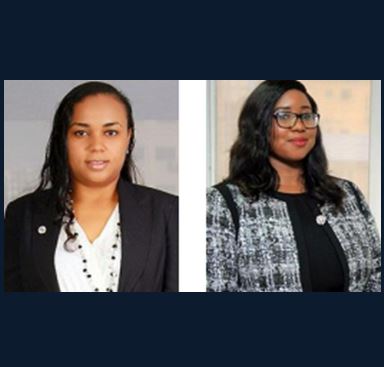Patents protect innovation by providing the inventor with a twenty-year, exclusive right to a
patentable invention. Different jurisdictions have various criteria that must be satisfied before
an innovative or inventive work can qualify for patent protection. Please note the following
requirements are specific to Nigeria.
The Registration of Patents in Nigeria is governed and protected by the Patents and Designs
Act, Cap. P2, Laws of the Federation of Nigeria 2004 (a codification of the 1970 Act).
In
Nigeria, an invention is patentable provided it meets the following requirements:
a. If it is new, results from an inventive activity and is capable of industrial application;
or
b. If it constitutes an improvement upon a patented invention and is also new, results
from inventive activity and is capable of industrial application.
Unlike many developed countries and some developing countries, the question of
patentability is generally not examined as to substance by the Nigerian Patent Registry
unless a failure to address patentable subject matter is egregious or the issue of patentability
is apparent on the face of the submitted documents. What this means is that Nigeria does
not operate an examination-based system.
Once it is ascertained that the invention addresses patentable subject matter, the next step required would be to file an application
for registration of the invention at the Patents Registry which shall contain the following:
The applicant’s full name and address;
a. A description of the relevant invention with appropriate plans and drawings;
b. A claim or set of claims and specifications;
c. A power of attorney from you or your company authorizing your Attorney to register
the patent.
1. Applicant’s full name and address
The Applicant or inventor must provide his/her full and complete names and address.
If the applicant is a company, the company’s name and permanent address must
also be listed.
2. Description of the relevant information
A description is the part of the application that explains in detail how the invention
works. It explains what has been created, the problems the invention solves and how
the invention differs from others.
The specifications give a full understanding of what
the inventor actually invented and intended to cover and provides a recap of the prior
art in the relevant field, while the drawings are the graphics used to support
the claims. The drawings assist in the interpretation and understanding of the
specifications. Applicants must ensure that their claims and specification for their
invention are clear and succinctly provide the main and unique attributes of their
invention.
3. Claim or Claims and specification
The Claim or Claims and specification is the most important part of the patent
Application. A claim specifically states the new and inventive product or process
sought to be protected, and the monopoly conferred by a patent. In addition to the
Claim and Specification, it is also necessary to prepare an Abstract which is a
summary of the invention. It helps to give the examiner at the Patent Registry an idea
about the type of invention covered by the application.
The documentation and information listed above should be accompanied by:
a. the prescribed fee;
b. where appropriate, a declaration by the true inventor requesting that he be
mentioned as such in the Patent with his name and address;
c. In the event that a legal practitioner makes the application on behalf of the
applicant, a signed Power of Attorney will be required; and
d. A copy of the Deed of Assignment, where the invention has been assigned by
the true inventor.
Once awarded the Patent rights, the patentee is free to exercise his rights over it as he may
choose. He may if he chooses, decide to assign his proprietary rights over the invention to
any person he wishes in any geographical territory. He may also upon receipt of monetary
consideration or other payment, grant a Patent license to another party on terms agreeable
to him, either exclusively or non- exclusively.
Note that until a patent is granted the invention must be kept a secret and no disclosure
should be made except a non-disclosure agreement is entered into with the interested
parties. Following the issuance of letters patent, annuities/yearly renewal fees are due on the
registered patent to maintain its validity on the patent’s register.
*This article is intended to convey general information and not intended to give legal advice.
Questions about any legal matter should be referred to a lawyer for professional guidance
and advice.
Source: https://bit.ly/2YTSHgt
For further information on this article and area of law, please contact
Yetunde Okojie / Oluwasolape Owoyemi at: S. P. A. Ajibade & Co., Lagos by
telephone (+23414729890), fax (+23414605092) or email
(
[email protected];
[email protected])
www.spaajibade.com

